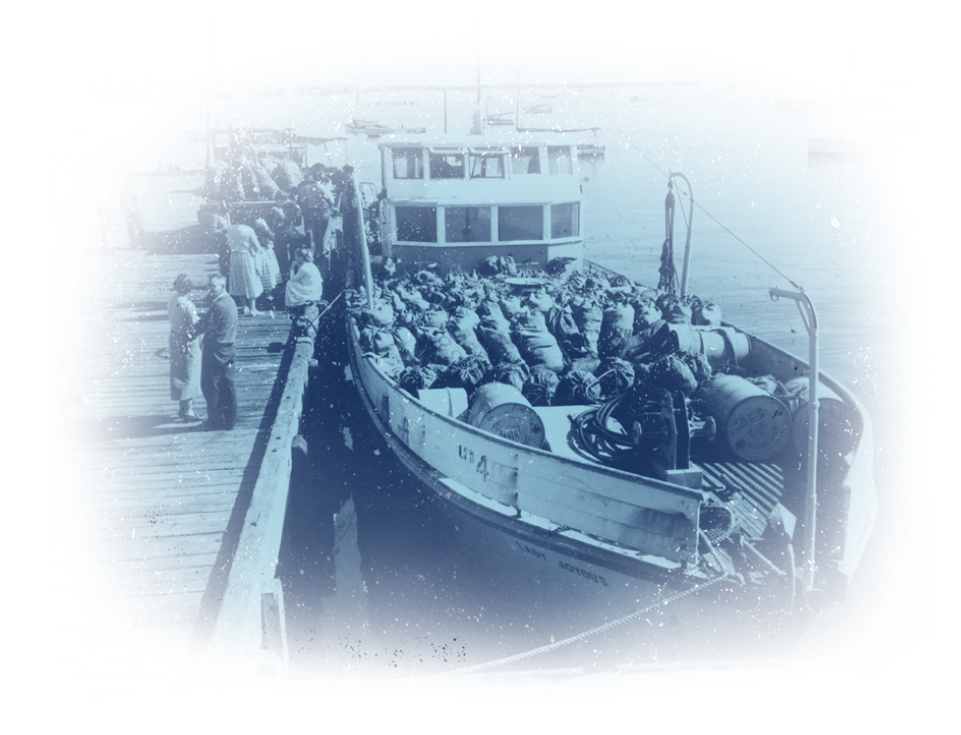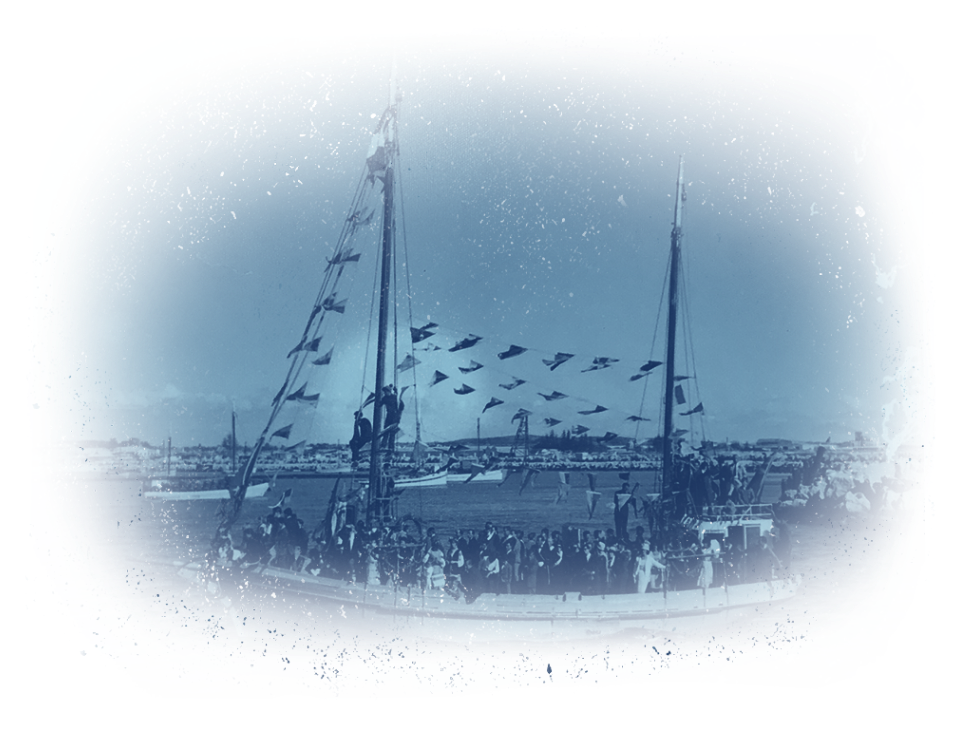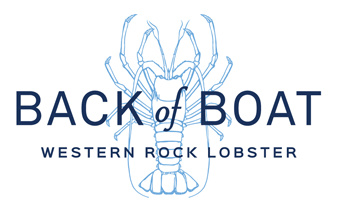Western Rock Lobster Industry Journey
Western rock lobster fishing is deeply intertwined with WA’s cultural identity, especially for those with roots in the migrant communities that settled in our state during the early 20th century and found new opportunities and prosperity in the deep blue beyond the coast.

1829
Fishing becomes one of the first commercial trades following the European settlement of the Swan River Colony of Western Australia.
1890s
With an increase in commercial fishermen and boats, the Department of Fisheries is established by Parliament to better manage the growing industry.1899-1900
Compulsory licensing of commercial fishermen and boats is introduced in 1899. The following year, 191 licensed boats and 401 fishermen operate in the state’s fishing industry.Image source: State Library of Western Australia.

1948
Fremantle’s Italian community celebrates the first ‘Blessing of the Fleet,’ a tradition from Mediterranean fishing communities, ensuring a safe and successful fishing season.
1949-51
A small group of Geraldton fishermen proposes a fisherman’s cooperative, aiming to deregulate the lobster industry controlled by factory owners.
1950s
Rising demand and prices for rock lobster tails drive a rapid expansion in the fishery. As the fleet becomes more efficient and the number of fishermen grows, concerns emerge about long-term sustainability. This prompts discussions on the necessity of implementing restrictions to ensure sustainability, introducing a new concept in fisheries management.
1954-55
Research leads to the establishment of a new Asian market. Early trials of whole-cooked lobster are sent to Singapore and Japan, opening avenues for market diversification.Image source: State Library of Western Australia.

1960s
The first restrictions are introduced in the Western Australian rock lobster fishery. The number of vessels is limited to those already engaged in the industry. Simultaneously, restrictions are placed on the number of pots permitted per boat. These measures mark the beginning of a continuous co-management strategy aimed at sustaining the fishery.Image source: State Library of Western Australia.

1993
The fishery has a suite of input controls in place to reduce fishing effort and improve sustainability of the lobster resource. These measures included seasonal bans on fishing, weekend closures, reduced pot usage, and closures during full moons.1998
Western rock lobster exports to the China region begin to increase.
2000
The Western Rock Lobster Fishery becomes the world’s first to achieve independent third-party certification as a sustainably managed fishery by the Marine Stewardship Council (MSC)Prince Charles, advocating for sustainable seafood, meets Western Australia’s lobster fishermen during the MSC recertification in 2005.

2010
The Western rock lobster industry transitions from input controls to a quota fishery.2017
A local lobster trial commences for direct fisher sales.
2020
Covid 19 global pandemic halts fishing for three months followed by China market closure. Back-of-boat sales are reintroduced to increase the availability and accessibility of WA lobster within the state.
2022
Western rock lobster becomes the first fishery in the world to be certified to the MSC Fisheries Standard for the fifth successive time. This recognition underscores the industry’s commitment to sustainability and responsible practices.
2024
In the present day, the Western Rock Lobster fishery continues to thrive with 727 license holders and approximately 235 active commercial boats operating across all zones. This highlights the enduring significance and strength of the rock lobster industry in Western Australia.

